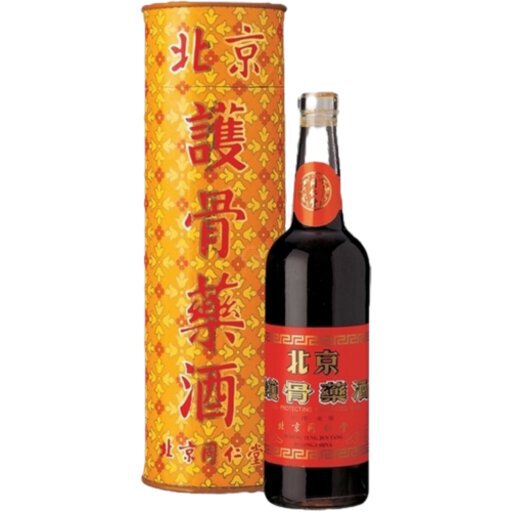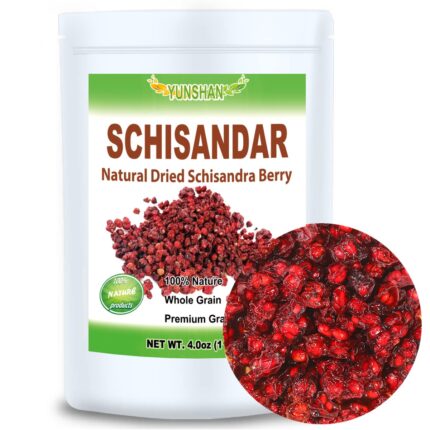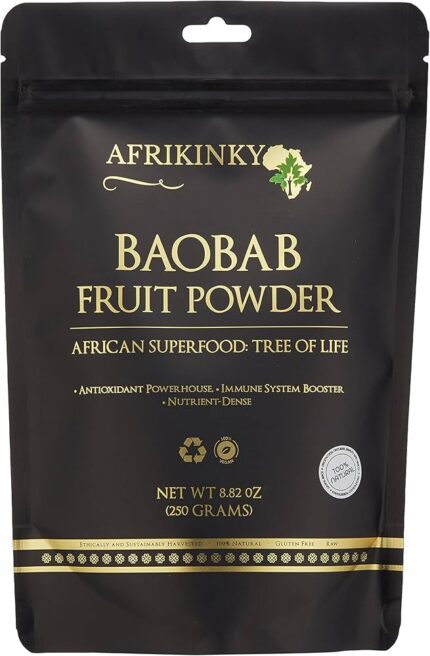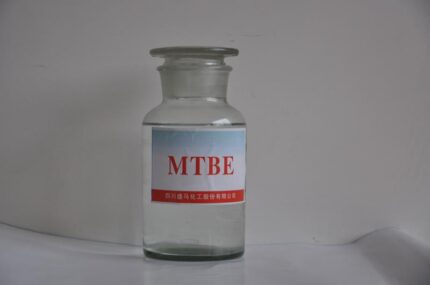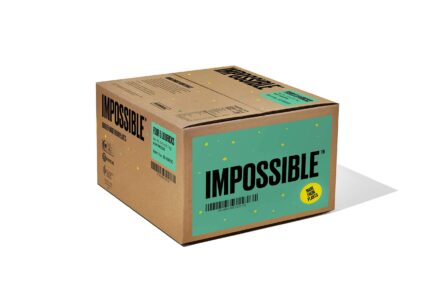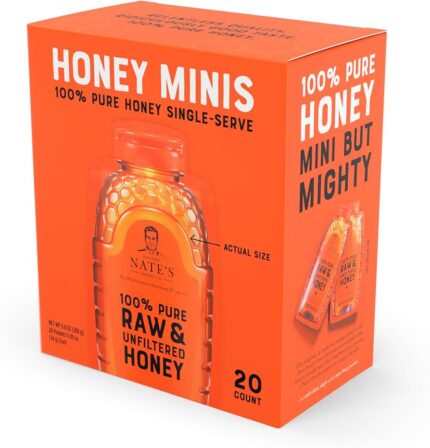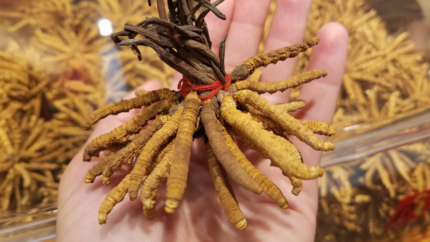Description
Ever wonder what happens to the tigers killed by poachers in India and Nepal? In some cases their bones are steeped in distilled spirits in China to produce an elixir that’s as incomprehensible to Westerners as it is revered by devotees of traditional Chinese medicine: tiger bone wine.
At a secret factory in China, a reporter for the South China Morning Post this past April found 600 tiger skeletons soaking in alcohol to produce 200,000 bottles of wine.
“We can’t advertise our tiger wine in Beijing at the moment because the Olympics are coming up,” the sales manager at the Xiongsen Bear and Tiger Park in Guilin, Xhao Runghui, was quoted in the story as saying. “When the Olympics are over, we will have more freedom to market our wine. Foreigners just don’t understand. Chinese people know that tiger is the best medicine in the world. It cures so many things. It makes you strong. It makes a man more virile.”
The demand has, according to news reports, prompted Beijing to consider legalizing the trade in tiger parts, which China and other major nations have banned since 1993.
“The ban is in place but won’t be there forever, given the strong voices from tiger farmers, experts and society,” warned a deputy director at China’s State Forestry Administration in Reuters last June.
With its growing affluence, China is by far the world’s largest market for illicit tiger parts. India, Bangladesh, Bhutan and Nepal, home to most of the world’s remaining wild Royal Bengal tigers, have no tradition of using tiger parts in medicine or religion.
As the supply of tigers was drying up in the Far East, a poaching crisis emerged in the early 1990s as tigers in the “protected” forests of South Asia were poached to satisfy the beliefs and customs of those thousands of miles away.
And there’s evidence that the Chinese hunger for tigers goes beyond traditional medicine. At a tiger forum in Kathmandu in April, DNA tests were introduced by the British television network ITN that proved tiger meat was being served at the restaurant that adjoins the Xiongsen Bear and Tiger Park.
The “Tiger Park” is actually a tiger farm: The Chinese raise tigers in pens, as you would cattle or hogs, and there are now more tigers living on these farms than the estimated 3000 remaining in the wild.
On the surface it seems like a good idea: Grow tigers domestically, so there’s no incentive to kill those in the wild. This is one of the main arguments for dropping the ban on the sale of tiger parts. But this is a specious argument for the following reasons:
•It’s 10 times cheaper to kill a tiger in India and smuggle its parts to China than to raise one on a farm.
•The international trade of endangered species — from tigers and rhinos to birds and butterflies — is second only to drug trafficking as the biggest source of illicit money worldwide. Wildlife crime syndicates operate all over Asia. The London-based Environmental Investigative Agency issued a report in the Fall of 2009 documenting the astounding increase in market value- tiger skins going for $11,600 to $21,800 and leopard skins going for $1,000 to $2700. Tiger bones are now valued at $800-$1200 per kilo. A full grown tiger would give 5-10 kilos of bone so the range would be $4000 to $12,000. These syndicates will not shut down their business networks and close their bank accounts because farms are breeding tigers in China.
•There is no way to distinguish between the bones — or the skin, heart or penis — of a wild tiger and those of a farm-raised tiger.
•Unleashing the market for tiger parts perpetuates a myth. Tiger claws are worn as an amulet for courage and good luck. Eyeballs rolled into pills are believed to cure epilepsy. The tail, when mixed with soup, is thought to cure diseases of the skin. Tiger penis soup is prized as an aphrodisiac. Bones are thought to cure rheumatism and prolong life.
•There is no medical or scientific proof of the efficacy of tiger medicines, but centuries of beliefs and customs empowered by this myth die hard. To ingest the tiger, it is believed, is to gain some of its mythical strength and powers. To the true believer, therefore, wouldn’t wild tigers always be preferable to farmed tigers?
Concern over this issue prompted the 171-nation Convention on International Trade in Endangered Species (CITES), led by India, Nepal, Bhutan, Russia and the United States, to adopt a resolution in June of 2007 opposing the resumption of trade in tigers and mandated that China phase out their tiger farms.
Anyone who has ever experienced a tiger in the wild would argue that farming one for medicine could not possibly be God’s intended fate for this magnificent animal.
No animal has been graced with a greater aura of power and majesty, both in myth and reality, than the tiger. Ironically, it is this prodigious mantle of respect that is threatening to lead it down an inexorable path to extinction.
“When the last individual of a race of living things breathes no more,” wrote William Beebe, “another heaven and another earth must pass before such a one can be again.”


